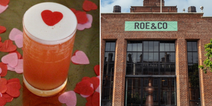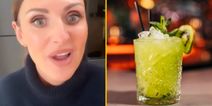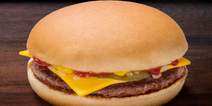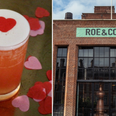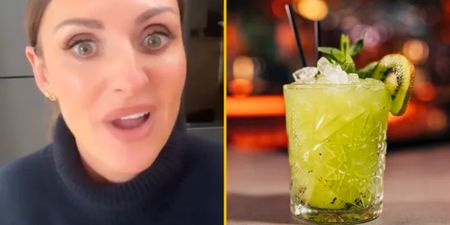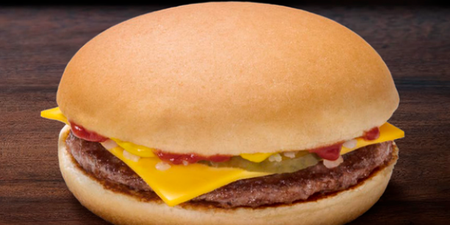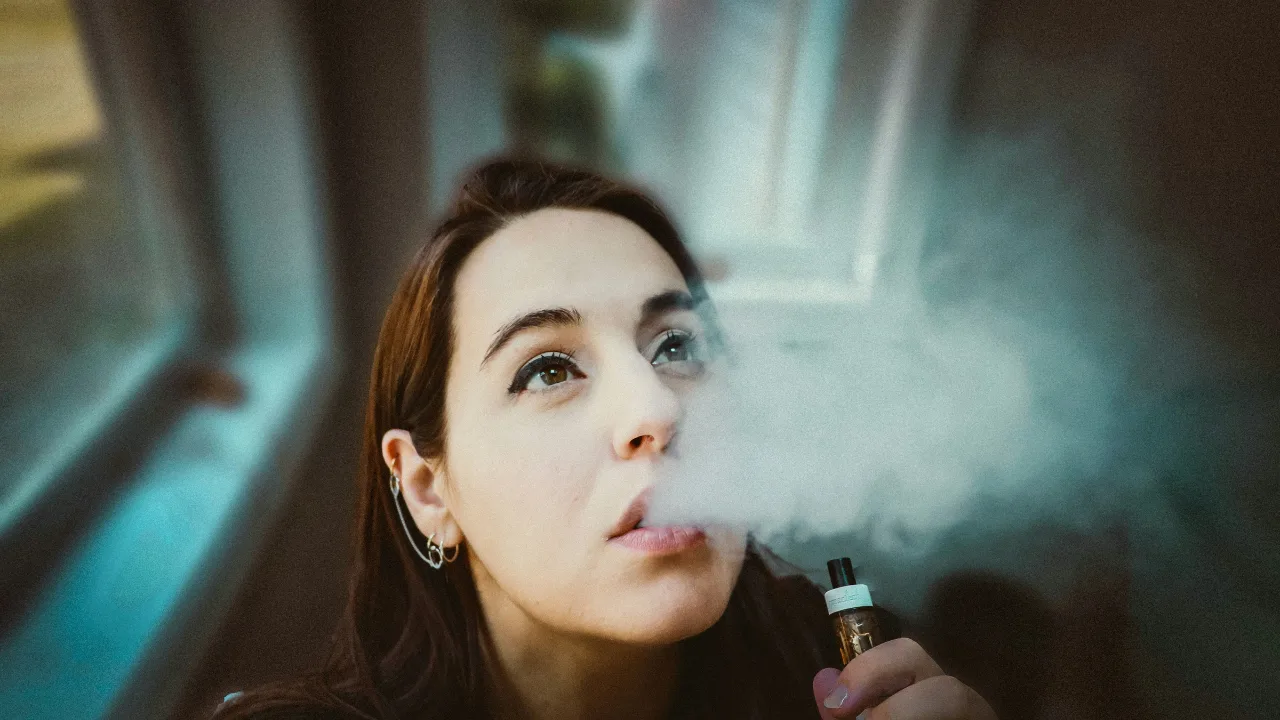NOW we know how to make a really good cocktail…
The last time we bought a gin, it was for our dear Aunt Deborah at a wedding, who wanted something ‘refreshing’ after a particularly long and boring wedding service. The thought of buying one for ourselves, despite seeing Debs lash it into her with great gusto, never occurred to me.
But my eyes, and more importantly my taste buds, have been opened to the wonders of gin by some experts in the field. And it is a timely bit of self-improvement too.
After embracing a wide range of whiskeys, and an even wider range of craft beers, in recent years gin is set to be the next ‘big thing’ when it comes to drinking trends. Dublin already has a gin bar, The Gin Palace on Abbey Street, while the likes of The Exchequer also offer a range of gins, and gin cocktails, for your drinking pleasure. In short, gin is very ‘in’ right now, so we jumped at the chance to learn a bit more.
To do that we went to the venue where one of the biggest brands in the world is made, Beefeater Gin’s distillery in south east London. The company have recently opened a visitor’s centre to tell the story of London gin, from the scourge of the city as told by Hogarth in the 18th Century, through the years of cocktails, prohibition in the US and the present day era of different blends and sophistication of gin.
With this knowledge safely tucked away, we got to see just how gin is made. Each and every gin out there uses a unique blend of ‘botanicals,’ natural ingredients to impart flavours and aromas to the gin.
Beefeater use nine, with juniper (below) being the main one, but coriander seeds, almonds and even a delicious liquorice powder also make up the special blend. These are steeped in the neutral spirit for 24 hours before the distillation process produces the finished product.

For such a global brand, producing 21.5million litres of the stuff every year, the distillery is charmingly homely.
Just three men work on the production process, and the area they mix and weigh the botanicals in each morning looks like it hasn’t been updated since World War II. ‘If it ain’t broke’ is the motto here.
With my head now full of more gin knowledge than I ever thought possible, I got to the good bit, tasting the end product. Rather alarmingly, I was presented with six shots of gin, made by various companies, and I was tasked with tasting them to pick up the differences.
Straight gin is not something I’d ever tried before but thankfully I was given a jug of water, which we were told would help bring out the flavours, and also prevent me from failing to make it back to Heathrow in one piece.
In its natural state, unadulterated by tonic, soda or lemon, gin really does have lots of natural flavour, and the fruity nature of the drink really shines through while Beefeater 24, a special blend created by master distiller Desmond Payne, is even more complex, with the addition of extra citrus and tea to the blend.

The big thing I took from the tasting was that gin was subtly flavoured, just enough to make it the perfect drink to mix, with more character than vodka but not as overwhelming as a whiskey. And while my uncultured palate just noticed this, the bartenders of the world have known this for years, and that’s why gin features in so many cocktails.
Martinis, negronis, gimlets, brambles and even the good old G and T are all staples of any good bartender’s repertoire, but with some help from Beefeater’s Tim Stones and 2012 global bartender of the year Nathan O’Neill (yes, he’s Irish, from Belfast), I learned so much more.
What the two lads don’t know about cocktails isn’t worth knowing. Tim had taken us through the basics, how to mix up a decent cocktail at home, and why we should all be doing it more regularly.
The key was practice, which is good to know and lots of fun. Through your own taste buds you should be able to make a perfect Tom Collins (Gin, Lemon Juice, Soda Water, Sugar). Official recipes vary wildly so the best way is to learn how to achieve the balance yourself. Once you have that nailed, then you can get onto making all the others, such as martinis and negronis.
However, it was the stuff Nathan was producing that really showed what can be done with gin. After handing us his own twist on the Tom Collins (below right) he showed us the most famous drink from one of London’s best cocktail bars, London Calling from Milk & Honey. It is simple to make, and unbelievably good to drink (below centre).
40ml Beefeater 24
15ml lemon juice
15ml sugar syrup (1:1)
15ml fino sherry
2 dashes orange bitters
Shake all ingredients with ice, and strain

Then, as a real treat, Nathan served us the drink that won him the Bartender of the Year gong in 2012, his Burroughs Reviver (above right). Named after the founder of Beefeater James Burroughs, this drink is simply sensational.
We’ve arrived at the serious end of the cocktail stakes, and this is not one you are likely to run up at home, but if you ever see it on a cocktail menu, order one, no two, immediately.
2 dashes Absinthe infused with Lapsong Tea (1g to 75ml cold infused for 15 minutes)
2.5ml Almond water
10ml Green Tea Syrup
15ml Fresh Lemon Juice
10ml Aalborg Taffel Akvavit
40ml Beefeater 24
Full details on how to make it can be found here.
Thankfully, with the standard of cocktail bars in Dublin higher than ever (VCC, The Liquor Rooms etc…) it is now far easier to enjoy top quality drinks, made by very skilled bartenders.
The days of the very sweet and disgusting pina colada are finally numbered.
And while I will always have soft spots for whiskey sours and vodka martinis, gin is now top of the list when I scan a menu and a regular feature in the drinks cabinet (the bit under the stairs to be honest) at home.
LISTEN: You Must Be Jokin’ with Aideen McQueen – Faith healers, Coolock craic and Gigging as Gaeilge

